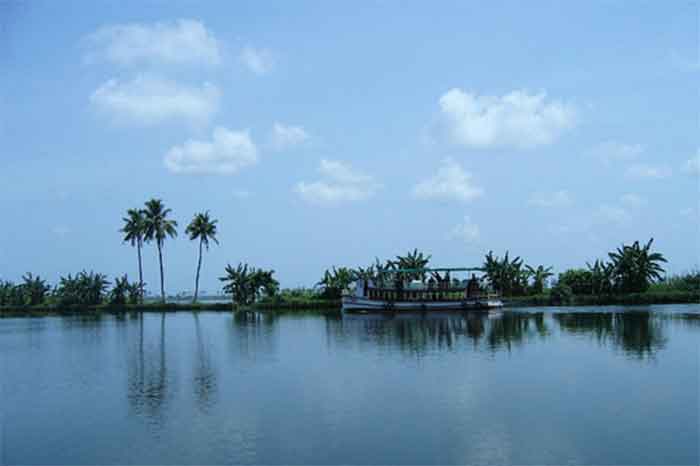
Vembanad Lake in India, the longest in the country and the largest in Kerala, is alarmingly polluted with microplastics, according to a study from the Alfred Wegener Institute. All sediment samples collected from the lake contained microplastic particles, posing a severe risk to the local food chain. This contamination threatens the population’s major protein sources, fish and clams. The lake’s ecological challenges underscore the urgent need for action.
A study was conducted investigating the presence and abundance of microplastics in the sediments of Vembanad Lake, the largest lake in Kerala, India. Microplastics are plastic particles less than 5mm in size and are an emerging environmental contaminant.
Sediment samples were collected from 10 sites along the southern part of Vembanad Lake, which is part of the Vembanad-Kol wetland recognized as a Ramsar site. Two sites were in the northern saltwater-dominant zone and eight sites in the southern freshwater-dominant zone. Microplastics were extracted from the sediments using density separation after digesting organic matter. Identification of polymer types was done using micro-Raman spectroscopy.
Microplastics were found in sediments from all 10 sites, indicating extensive distribution. Abundance ranged from 96-496 particles per m2, with a mean of 252.8 ± 25.76 particles per m2. Abundance was significantly higher at the two marine-influenced northern sites compared to the southern sites, likely due to proximity to urban and industrial sources.
Low density polyethylene (LDPE) was the most abundant polymer, accounting for 26-91% of particles across sites. Other polymers identified include high density polyethylene (HDPE), polystyrene (PS), and polypropylene (PP).
The majority of microplastics were fragments, films, and foam, suggesting they primarily originated from the breakdown of larger plastic debris rather than microbeads from personal care products.
The high abundance and widespread distribution of microplastics in Vembanad Lake is concerning given potential impacts on aquatic life and human health. Ingestion of microplastics can introduce toxins into the food chain. This is a major threat in Vembanad Lake which supports fishing for species consumed by local populations.
The study highlights the need for proper waste management to prevent plastic debris entering waterways. It provides impetus for further research on microplastic pollution in India’s surface waters, where data is currently lacking. The results add to the growing global evidence of microplastic contamination in freshwater and estuarine sediments.
In summary, this is the first study demonstrating high levels of microplastic pollution in an Indian lake that is an important ecosystem, food source and livelihood for surrounding communities. It underscores the need to better understand and address this emerging environmental issue.
Mayuna Jeenu, M.S in Environmental Engineering Sciences, University of Florida















































